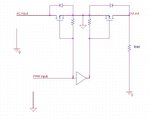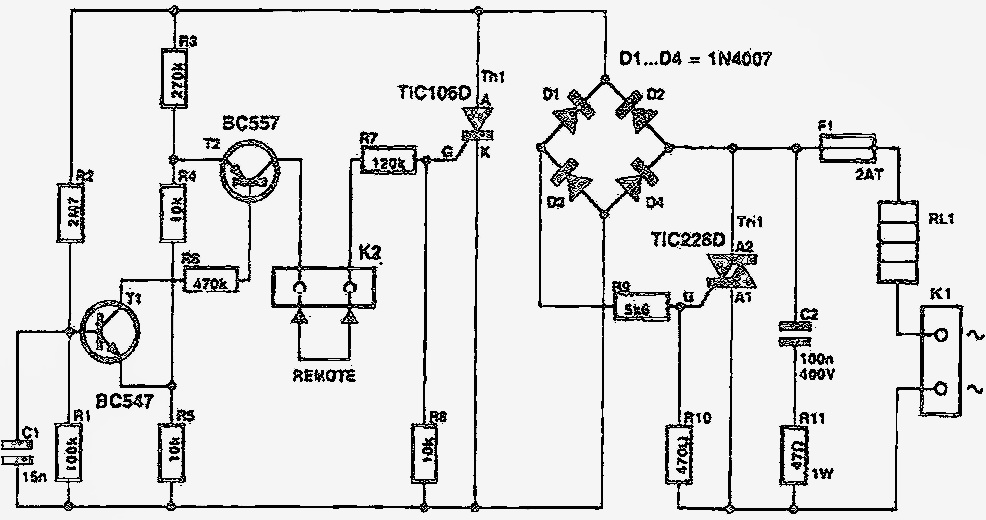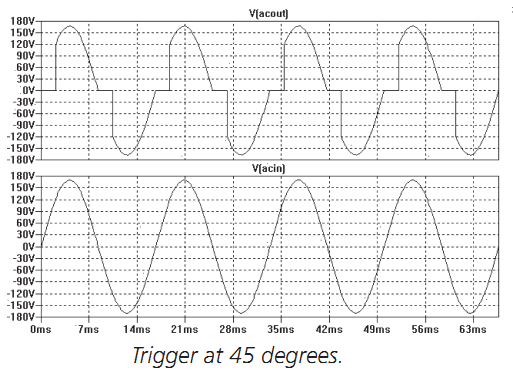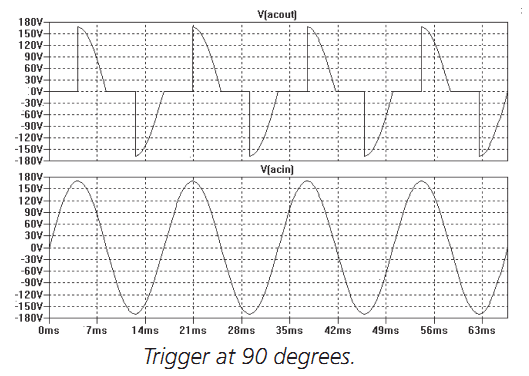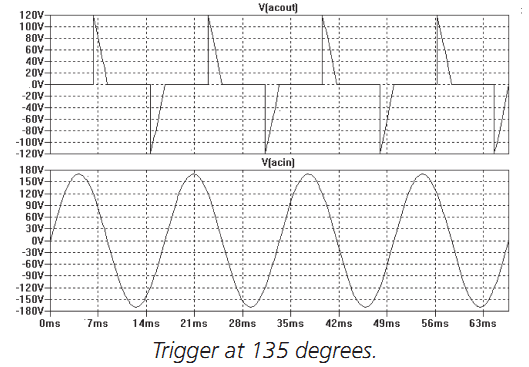elleader
Newbie level 3

I need to make ac voltage regulator from 220 ac to 110 ac for load 10 A , 1000 Watt
it's my first time to use a triac and i need help in that (circuits and ratings)
it's my first time to use a triac and i need help in that (circuits and ratings)

